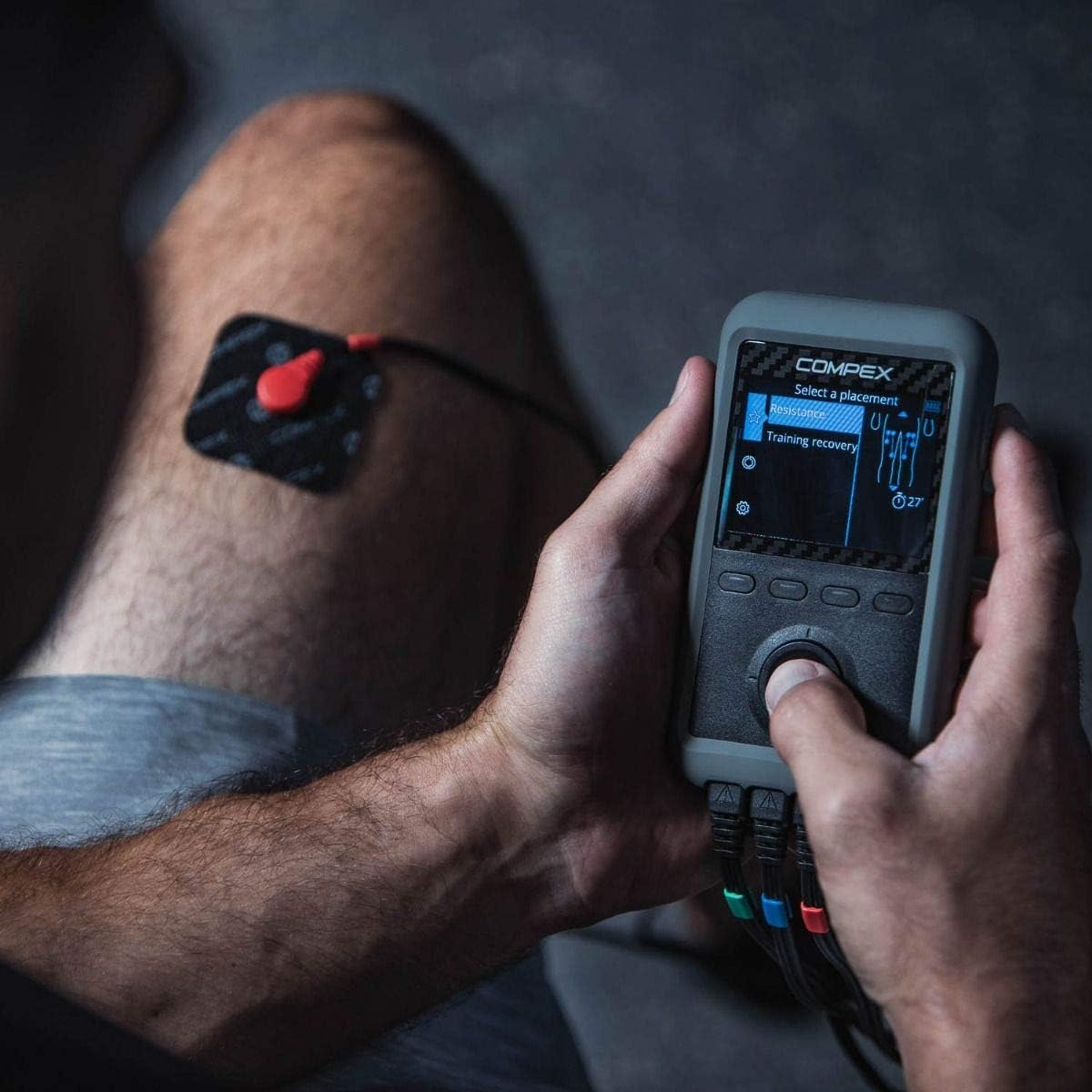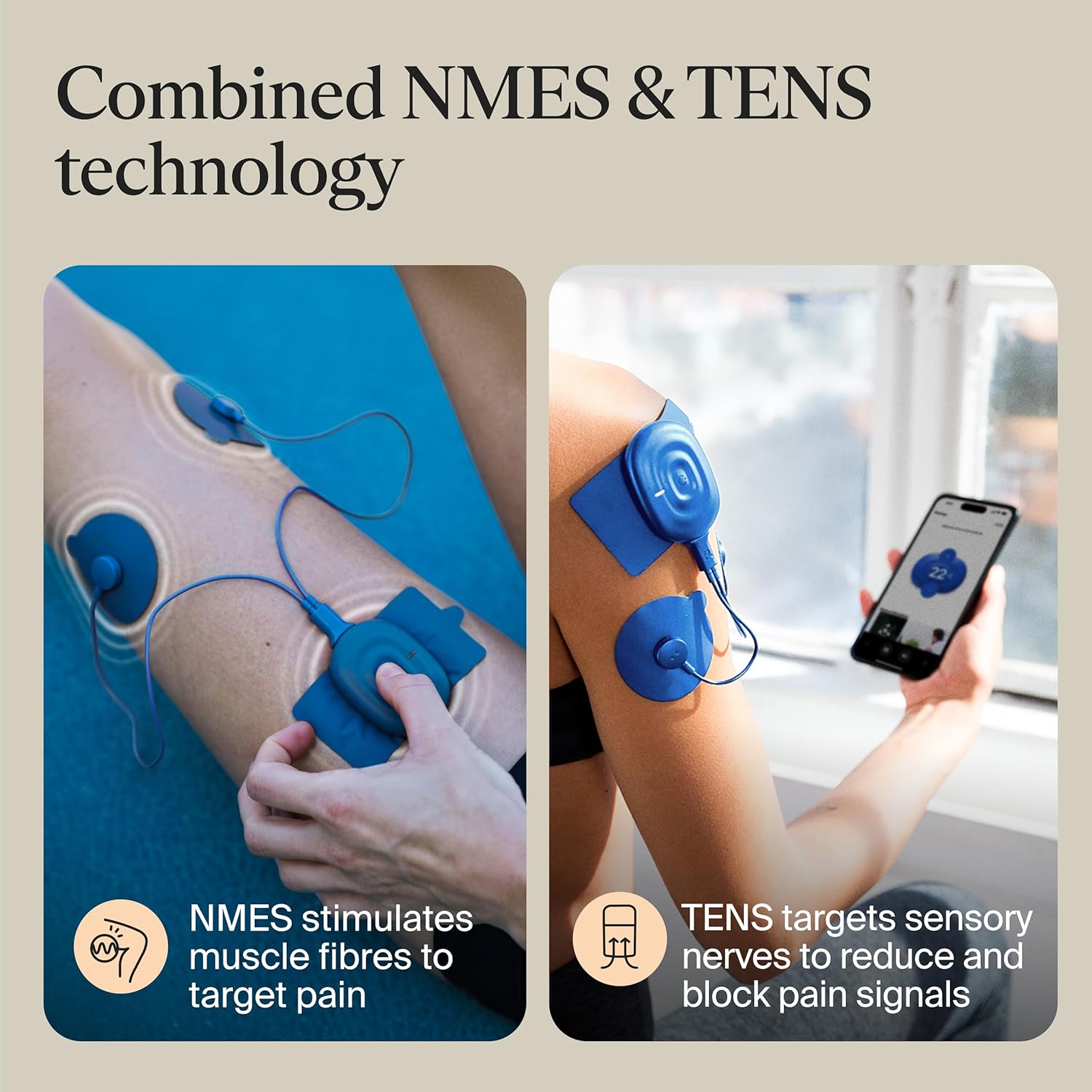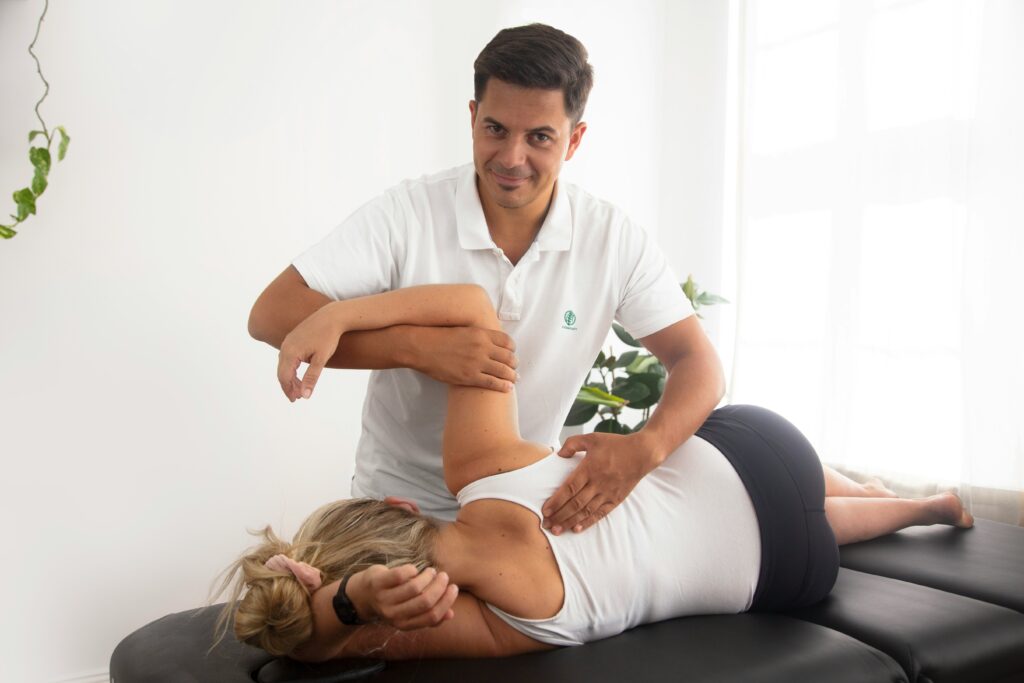TENS After Training: The Athletic Edge for Muscle Recovery and Reducing Soreness

Ever finish a tough workout and feel like your muscles are staging a full-on protest? That tight, achy feeling is more than soreness: it’s your body begging for support. While ice baths and massage tools get most of the spotlight, a small device with big potential is quietly winning over athletes, trainers, and recovery specialists. It’s called a TENS unit, a device frequently used at physical therapy clinics, as well as portable units at home. This compact, drug-free technology is now being used post-training to reduce pain, boost circulation, and help muscles recover faster and more efficiently. Whether you’re a competitive athlete or someone who just pushed through a brutal leg day, TENS might be the recovery upgrade your routine needs.
What is TENS Therapy?
TENS stands for Transcutaneous Electrical Nerve Stimulation. It involves a small battery-powered device that sends low-voltage electrical impulses through electrode pads placed on the skin. These impulses stimulate nerves and flood the area with endorphins, which are your body’s natural painkillers. The result is a temporary reduction in pain and an increase in circulation, both of which are essential components of the recovery process.
TENS units are widely used in clinical rehabilitation, but they’re now gaining popularity among fitness communities for home and gym use. Affordable, portable, and easy to use, they offer a non-invasive way to support recovery between sessions.
How TENS Supports Muscle Recovery
1. Reduces Post-Workout Pain and Soreness
After intense training, your muscles experience microscopic tears that lead to inflammation and discomfort. TENS helps by interrupting pain signals before they reach your brain. Instead of just masking the soreness, the stimulation encourages your body to produce natural pain relief compounds, so you feel better without reaching for medication.
2. Boosts Localized Blood Flow
One of the most useful features of TENS is its ability to increase circulation in targeted areas. Improved blood flow means better delivery of oxygen and nutrients to fatigued muscles, as well as quicker removal of metabolic waste like lactic acid. This helps reduce tightness, heaviness, and the dreaded “next-day stiffness.”
3. Relieves Muscle Tension
Tight or overworked muscles are a common problem after hard sessions. TENS therapy offers a soothing effect, calming the nervous system and helping muscles relax. For those prone to cramping or muscle knots, regular sessions can support better muscular balance and flexibility.
4. Aids in Faster Recovery Between Workouts
By addressing inflammation, tension, and pain, TENS helps your body get back to baseline more quickly. This means shorter recovery periods, fewer interruptions in training, and less risk of injury due to overcompensation or imbalance.
How to Use a TENS Unit Effectively
- Step 1: Choose the area that needs attention. Common targets include the lower back, quads, calves, or shoulders.
- Step 2: Place the adhesive electrode pads on clean, dry skin according to the unit’s diagram or your therapist’s advice.
- Step 3: Select a low setting to start and gradually increase the intensity until you feel a strong but comfortable tingling.
- Step 4: Use for 15 to 30 minutes post-workout, or as advised by a professional. Avoid using it over joints or areas with broken skin.
Note: TENS is generally safe, but not recommended for those with pacemakers or certain medical conditions. Always follow the manufacturer’s safety guidelines and professional recommended use.
Choosing a TENS Unit: Features to Look For
If you’re considering adding TENS to your recovery toolbox, here are some features that matter:
- Multiple modes and intensity levels: Allows customization based on your needs
- Rechargeable battery: For convenience and cost savings
- Portable size: Easy to take to the gym or on the go
- Good electrode pad quality: Reusable pads with strong adhesion last longer and feel more comfortable
Top brands like iReliev, Compex, and PowerDot offer user-friendly units with clear instructions, some even with mobile app connectivity.
iReliev Recovery System:

Compex TENS:

Therabody PowerDot:

Who Can Benefit Most from TENS After Training?
- Athletes in training blocks or competitions
- Recreational lifters dealing with chronic soreness
- Endurance runners and cyclists with repetitive stress
- CrossFit enthusiasts recovering from high-volume sessions
- Older adults staying active but dealing with stiffness
Even if you’re not in a competitive sport, TENS offers a passive recovery option that is gentle and effective option to keep your body feeling good between workouts.
Does TENS fit into your recovery routine?
Recovery isn’t just about relaxing; it’s about giving your body the tools to heal and perform better tomorrow. TENS therapy is an underused but highly effective recovery method that’s affordable, easy to use, and surprisingly powerful for how simple it is.
For athletes looking to train harder and bounce back faster, this might be the smartest small device you’ll ever own.
For more workout recovery tips and techniques, please visit Recovery Essentials Hub.
This post contains affiliate links. If you click on one and make a purchase, I may earn a commission at no additional cost to you. Rest assured, I only recommend products or services I believe will provide value to my readers.


